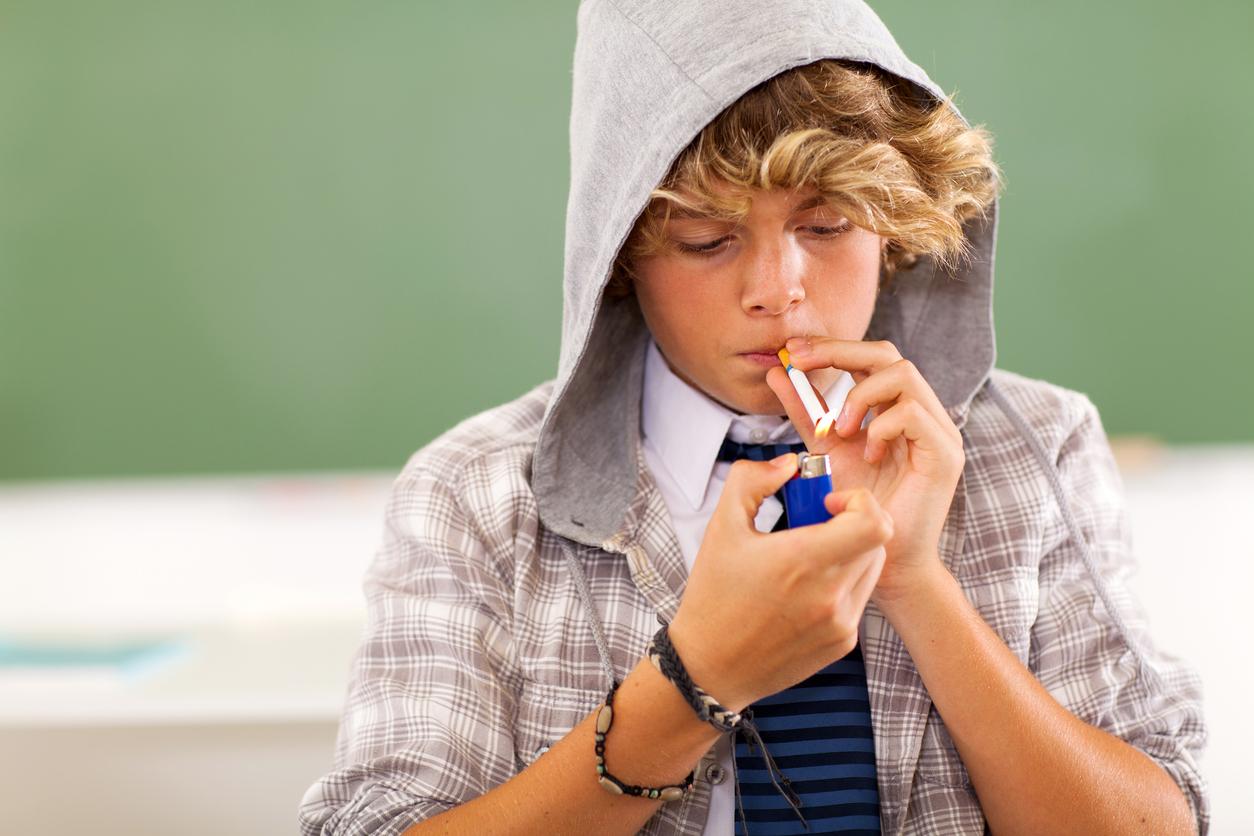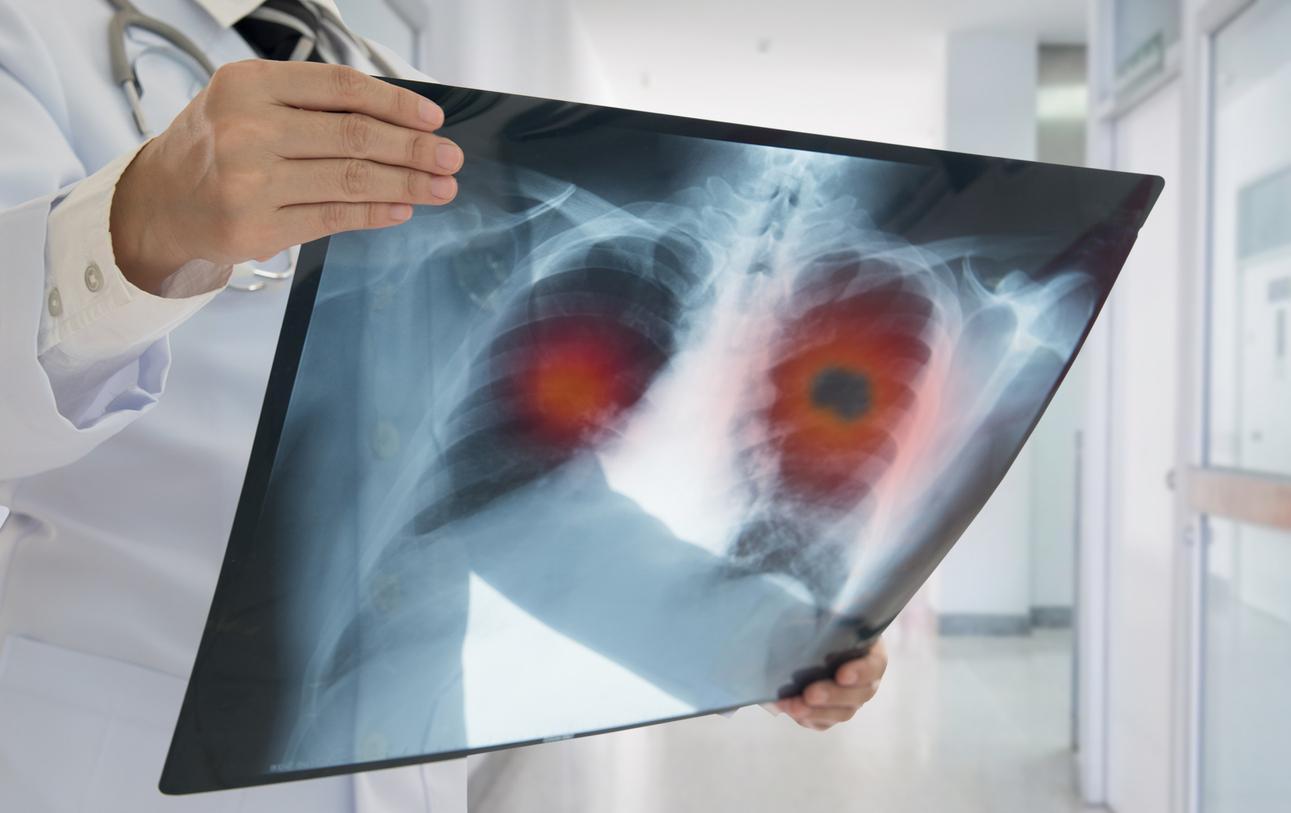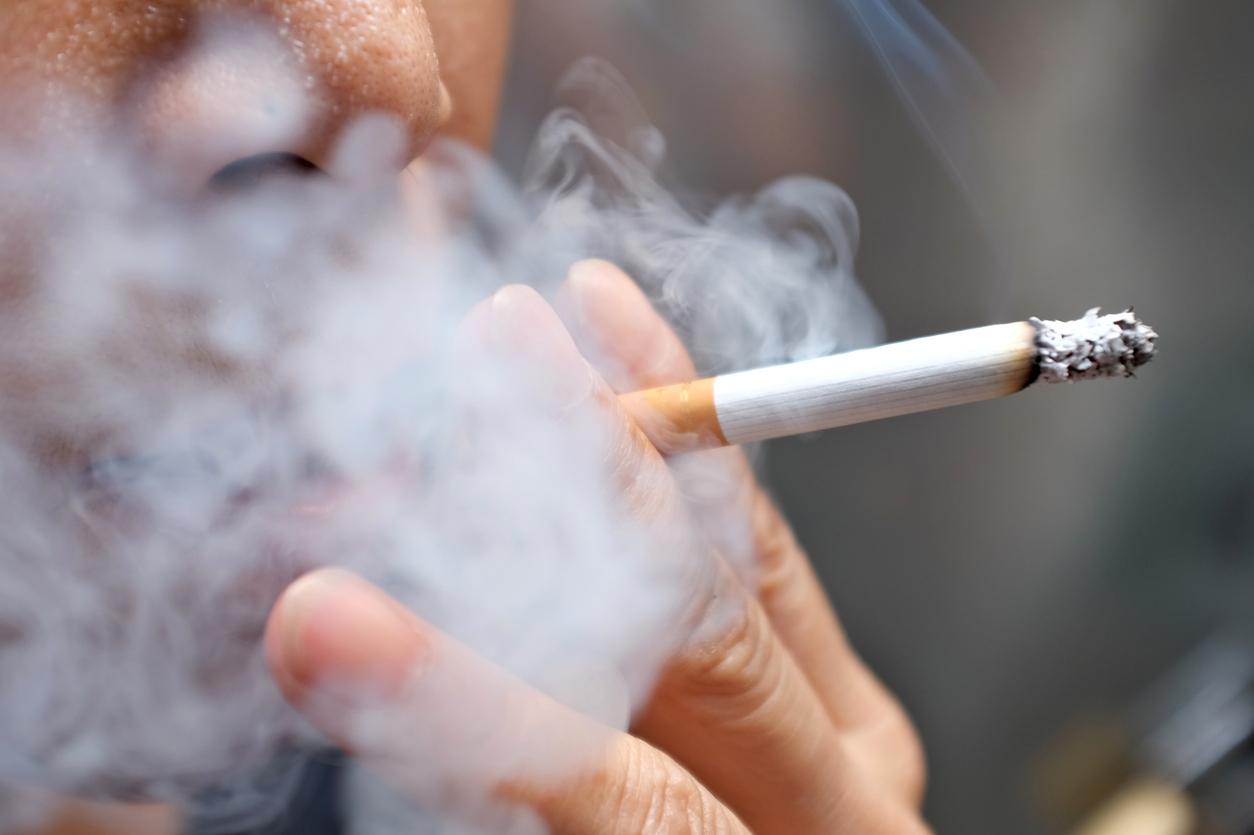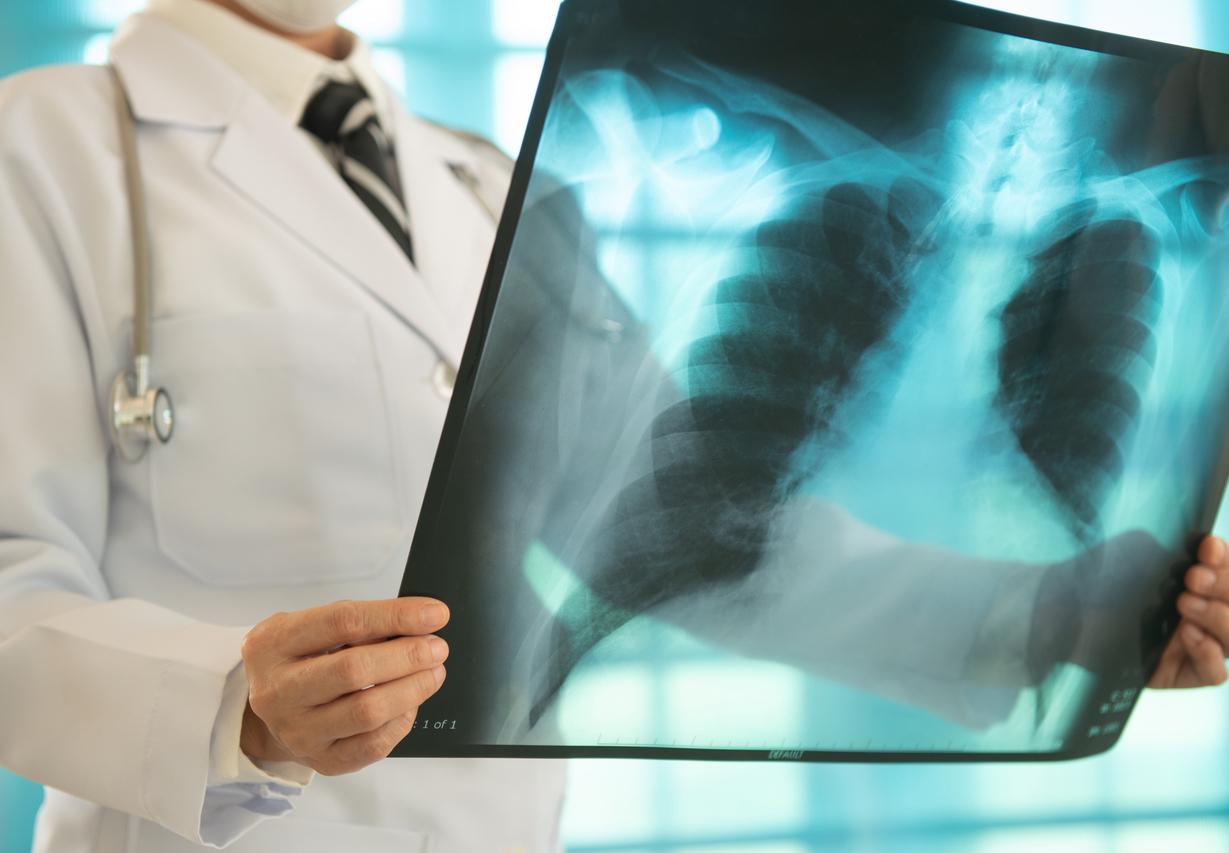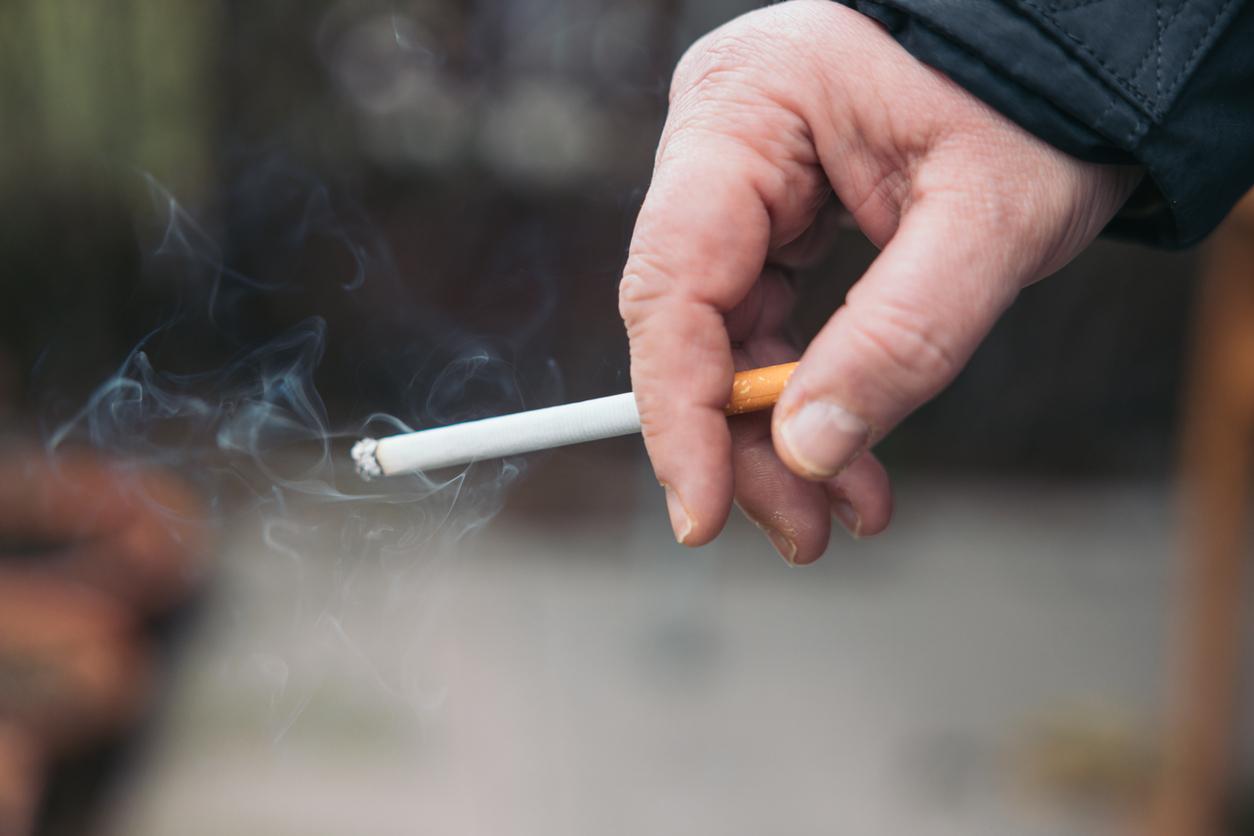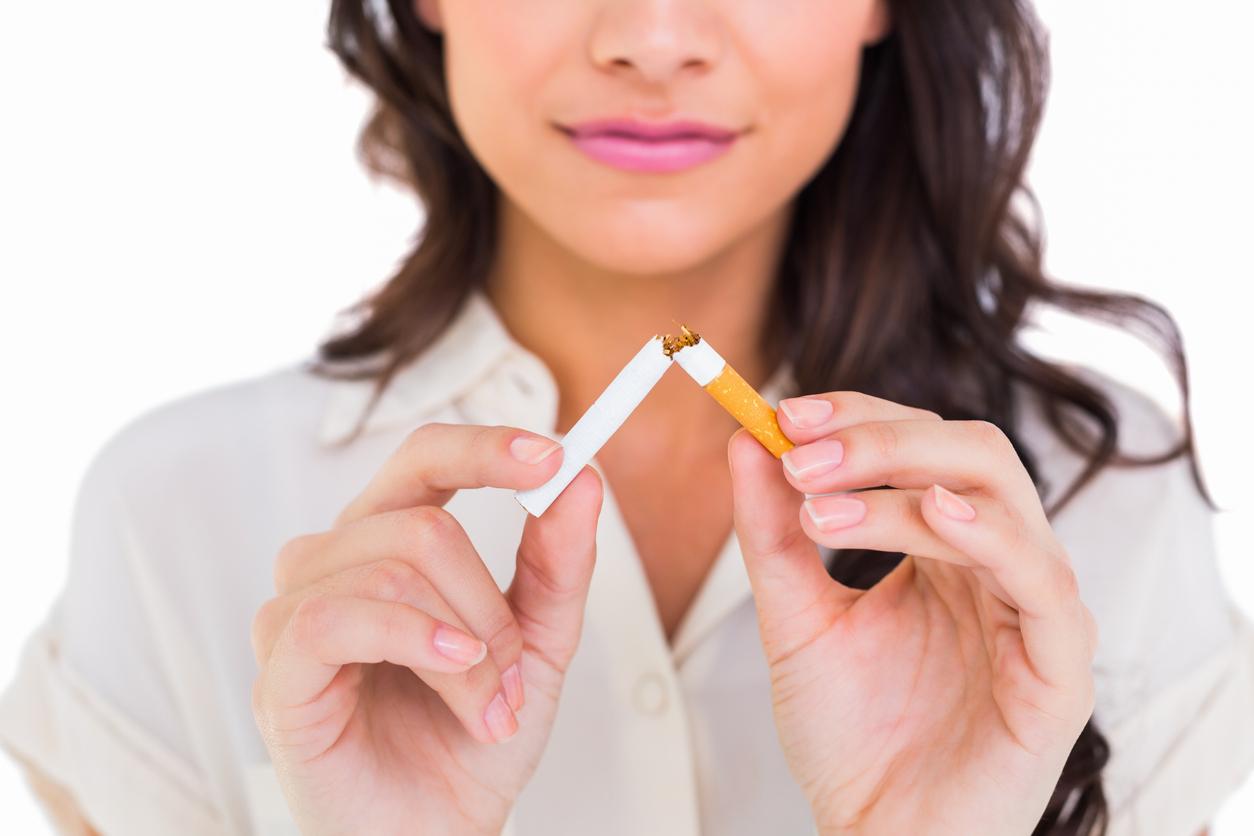As tobacco-free month kicks off, bisexual people are twice as likely to start smoking.

- Bisexuality is the sexual orientation most associated with smoking, especially when coming out.
- Self-identifying as lesbian or gay was not associated with a greater likelihood of smoking.
Featured in JAMA Pediatricsthe study was conducted among 7,843 young young adults aged 14 to 29, interviewed three times between 2013 and 2018. Carried out by researchers from the Boston University School of Public Health (BUSPH), the research paints a complete picture by analyzing gay, lesbian and bisexual sexual orientations separately, in order to determine the risks of smoking, which would be higher than among heterosexual individuals, as the scientific literature has demonstrated.
For this study, the researchers used data from the first four phases of the national survey Population Assessment of Tobacco and Health (PATH). The researchers adjusted for other variables, including gender, age, ethnicity, participants’ or parents’ level of education, and participants’ place of residence.
According to the results obtained, bisexuality would be the sexual orientation most associated with smoking, especially at the time of coming out. Bisexual people are also twice as likely to start smoking as regular heterosexual participants. Self-identifying as lesbian or gay was not associated with a greater likelihood of smoking, the study authors note.
Emphasizing research on sexual orientation is essential
Overall, the researchers say the study’s unique approach to LGB+ identities – separate and staggered over time – could provide valuable insights into other issues that disproportionately affect the community, including mental health issues. and the consumption of addictive substances. “The PATH study is unique because it asks young people about their sexual orientation and gender identity. Most national surveys do not”, underlines Dielle Lundberg, co-author of the study.
“This approach turns out to be very important, as it reveals disparities that would otherwise have been overlooked if we had measured identity at one point in time or aggregated all LGBT+ identities.”, adds Alyssa Harlow, lead author of the study and doctoral student at BUSPH, who emphasizes the need for public health interventions specifically designed to meet the unique needs, experiences and stressors associated with living. identify as bisexual.
“We need to advocate for better data. Whenever national surveys do not ask about sexual orientation and gender identity, they directly contribute to health inequalities for LGBTQ+ populations”, supports the latter.
.








